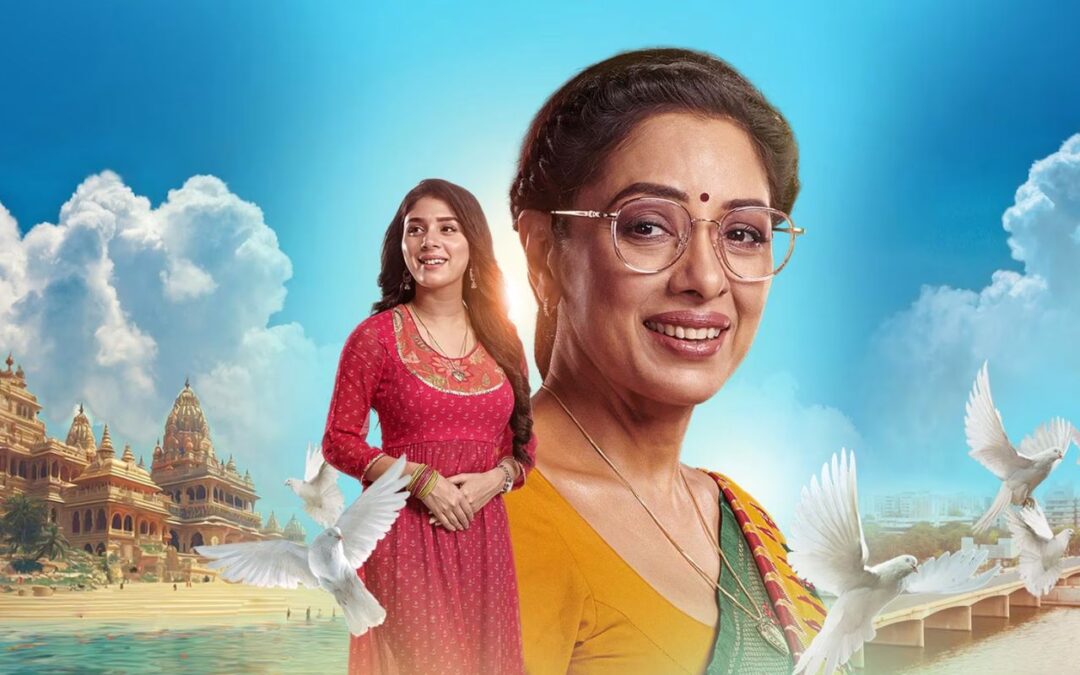Television may not be the cool kid anymore in the era of OTT, but some Indian TV serials have defied time, trends, and logic to become cultural monoliths. They’re not just long-running shows—they’re endurance tests for characters, actors, and sometimes, the viewers themselves. Yet, there’s something about their consistency, familiarity, and unhurried storytelling that has kept millions hooked for decades.
Let’s take a tour through the living legends and a few nostalgic giants of Indian television that have redefined what it means to keep a story going.
CID (Sony Entertainment Television)
Running from 1998 to 2018, CID didn’t just solve crimes—it solved the mystery of longevity. With 1,599 episodes over two decades, it was India’s answer to procedural drama, but with its quirky spin. ACP Pradyuman’s squint, Daya breaking doors, and the perpetual “kuch toh gadbad hai” became part of pop culture. The show didn’t rely on high-end effects or cinematic storytelling; it was formulaic, yes, but strangely comforting. Each episode promised justice, teamwork, and a familiar face. That rhythm worked.
Yeh Rishta Kya Kehlata Hai (StarPlus)
How many people would have expected YRKKH, which started in 2009, to still be running on air in 2025 with over 4,800 episodes? It has long killed off its original leads, jumped several jumps , and spanned an entire generation of fans. Underneath is a family drama, but it has kept up with the times, embracing current concerns and reimagining relationships. It’s secret sauce? Reinvention. With the introduction of new characters and refurbished arcs, the show avoided becoming stale while still sticking to its values-first DNA.
Taarak Mehta Ka Ooltah Chashmah (Sony SAB)
No show in recent memory has managed to bottle happiness the way Taarak Mehta Ka Ooltah Chashmah has. Airing since 2008 with more than 4,400 episodes, it turns a neighborhood into a narrative goldmine. Its comedy isn’t always sharp, but it’s always safe—and that’s exactly why families love it. The show finds humor in everyday chaos without getting political or cynical. And perhaps that’s why it’s lasted. It’s consistent, clean, and oddly endearing.
Crime Patrol (Sony Entertainment Television)
Starting in 2003, Crime Patrol sits at the intersection of awareness and anxiety. With over 1,000 episodes, it recreates real-life crime cases, aiming to inform while keeping viewers on edge. The show’s minimalistic approach—no frills, no big stars—adds to its raw, documentary-like style. For many, it has been their first encounter with true crime, Indian style. The fact that it continues to air is a testament to the public’s fascination with the darker corners of society.
Bhabiji Ghar Par Hai (And TV)
Launched in 2015, this sitcom about two couples and their hilariously tangled daily lives has passed 2,600 episodes and shows no signs of slowing. What works here is its unapologetic embrace of slapstick, double entendre, and theatricality. It’s not subtle, but it knows its audience. The show thrives on catchphrases and exaggerated characters—and somehow, even after hundreds of episodes, it still lands the punchlines.
Balika Vadhu (Colors TV)
Unlike most soaps of its time, Balika Vadhu began with a purpose—to spotlight the grim realities of child marriage. From 2008 to 2016, its 2,248 episodes took viewers through the transformation of a child bride into a strong, educated woman. While it did eventually drift into melodrama, its early years were rooted in social commentary. It opened doors for “issue-based” fiction on mainstream TV, a rarity even today.
Saath Nibhaana Saathiya (StarPlus)
Running from 2010 to 2017 with 2,184 episodes, this show is perhaps best remembered for the viral “Rasode mein kaun tha?” meme. But before the internet gave it a second life, it was a household staple—a daily drama with family feuds, rituals, and scheming in-laws. Its success stemmed from the comfort of predictability. You always knew what you were getting, and that’s what many viewers came for.
Kundali Bhagya (Zee TV)
Spun off from Kumkum Bhagya, this series began in 2017 and has already crossed 2,000 episodes. It leans heavily into the tropes of modern-day soaps—dramatic cliffhangers, forbidden love, and sudden memory loss. Yet, its high ratings suggest that the appetite for drama is still very much alive. The show understands its genre and delivers with consistency, which in TV land, is half the battle won.
Kahaani Ghar Ghar Kii (StarPlus)
From 2000 to 2008, this was one of Ekta Kapoor’s flagship shows, clocking 1,661 episodes. It gave Indian television the “ideal daughter-in-law” archetype and made the joint family structure a desirable aspiration. It might seem dated today, but back then, it shaped an entire generation’s understanding of family dynamics and duty.
Anupamaa (StarPlus)
Premiering in 2020, Anupamaa is a relatively new player in this long-running club, but with over 1,600 episodes already, it’s climbing fast. What sets it apart is its central character—a middle-aged woman reclaiming her identity. The storytelling is more rooted, the conflicts feel more real, and the audience has embraced it as a voice for overlooked homemakers. It’s one of the rare shows today that blends emotional resonance with ratings success.
Also Read….
Conclusion: The Long Game of Indian TV
While the world moves on to web series and short-form content, Indian television still believes in the marathon. These serials aren’t perfect, but they serve a purpose—companionship, routine, nostalgia. They’ve survived cast changes, time leaps, and even cultural shifts. Because sometimes, a familiar theme song and predictable plot are exactly what people need after a long day. And maybe, just maybe, that’s the real secret to their staying power.
Writer- Subham Choudhary

